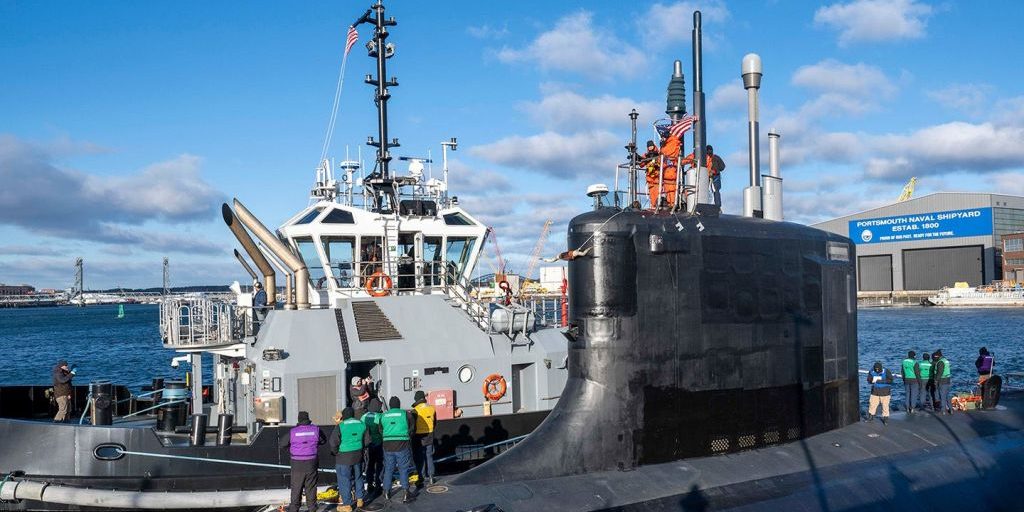Over the past decade, additive manufacturing has emerged as a disruptive force in advanced defense manufacturing. However, skepticism about its reliability — particularly for building crucial military hardware — has hindered its adoption. Now, through a collaborative effort with the Naval Sea Systems Command (NAVSEA), researchers at the Johns Hopkins Applied Physics Laboratory (APL), in Laurel, Maryland, are working to change that narrative.
APL has been playing a critical role in NAVSEA’s adoption of laser powder bed fusion, an advanced metal 3D-printing process, demonstrating that precise control over the technology yields consistent, high-quality materials for even its most demanding applications. By conducting extensive research and rigorous testing and actively engaging the technical community of NAVSEA, APL’s researchers are proving that additive manufacturing is not just viable but essential to NAVSEA’s future.
“Metal additive manufacturing is generally regarded with skepticism because of concerns about porosity, mechanical reliability, and reproducibility,” explained Michael Presley, an additive manufacturing engineer in APL’s Research and Exploratory Development Department. “Most of the previous literature painted a picture of inconsistency,” he said.
However, recent academic work by APL has made significant strides in changing this perception.


